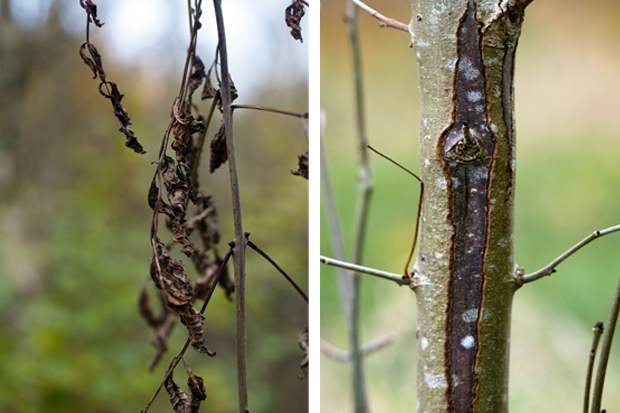The ash tree may lack the solidity of oak, the magnificence of beech or the ancient mystique of yew. In terms of habitat it may support fewer species of fauna, insect and fungus than other trees. It may, in this country at least, occupy a smaller cultural space than many of its woodland neighbours: according to Oliver Rackham, the combined works of Shakespeare, Wordsworth and Tennyson mention oak 134 times, pine 113 times and ash just 23.
Already a subscriber? Log in
Subscribe for just $2 a week
Try a month of The Spectator Australia absolutely free and without commitment. Not only that but – if you choose to continue – you’ll pay just $2 a week for your first year.
- Unlimited access to spectator.com.au and app
- The weekly edition on the Spectator Australia app
- Spectator podcasts and newsletters
- Full access to spectator.co.uk
Unlock this article
Available from the Spectator Bookshop, £13.50 Tel: 08430 600033. Philip Marsden’s Rising Ground: A Search for the Spirit of Place will be published next week.
You might disagree with half of it, but you’ll enjoy reading all of it. Try your first month for free, then just $2 a week for the remainder of your first year.














Comments
Don't miss out
Join the conversation with other Spectator Australia readers. Subscribe to leave a comment.
SUBSCRIBEAlready a subscriber? Log in